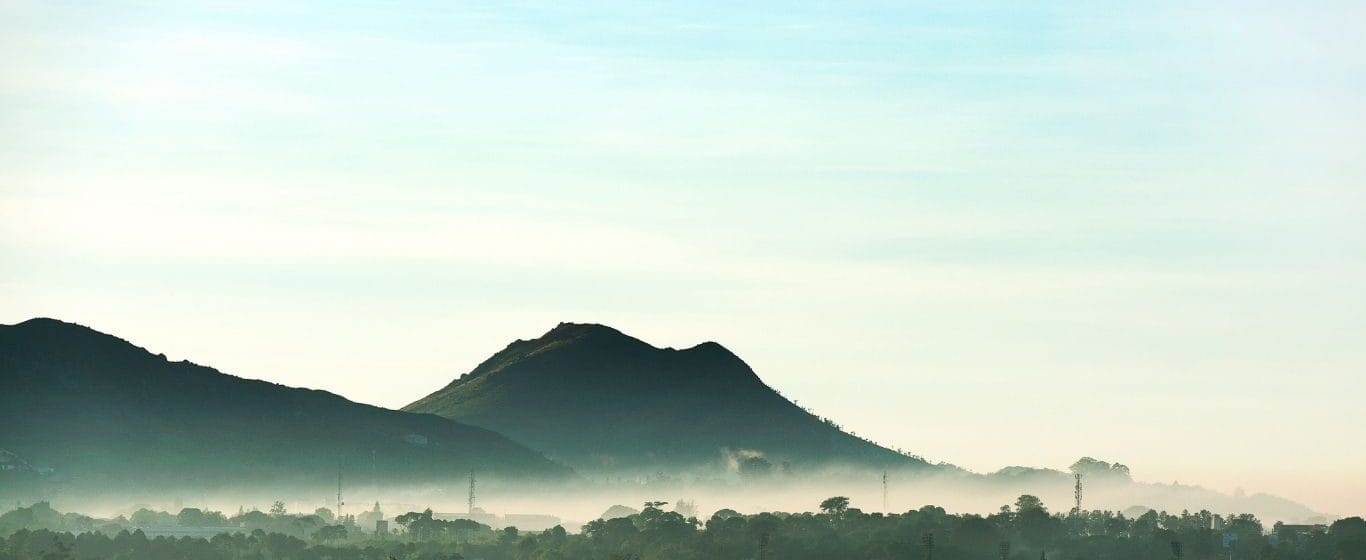‘Data on air quality in Malawi is scarce’
What motivated this study?
All Malawi government policies on development and industrialization point to the fact that this country has to be converted from a consuming to a producing nation. This means that industrialization is bound to increase if Malawi is to turn into a producing nation. Industrial development leads to an increase in pollution cases. Additionally, deforestation rate is very high in Malawi, which leaves land bare; hence dust blowouts increasing particulate matter in the air. Data on air quality in Malawi is scarce and of the little that is available has concentrated mostly in Blantyre. We need data on air quality for the other areas as well. Knowledge on status of air quality is the first step towards dealing with air pollution issues.
Who is funding the research?
The study is funded by University of Chicago through the EPIC Air Quality Fund. Just to add that the air quality monitors we are using send data remotely as they are inserted with local sim cards. These monitors are purchased from an organization called Airgradient who also provide an online platform through which the air quality data can be viewed online for free. The data on air quality is also available for free on the OpenAQ website. If anyone would like to access the air quality data in real time, they can get in touch with us and we will provide a link.
What role are the other four agencies you are collaborating with playing in the project?
These agencies have different roles. Some agencies help us publicize the state of air quality by making the information available to the general public e.g. Airgradient, OpenAQ and our very own Department of Climate Change and Meteorological Services (DCCMS); others have opened their premises for us to install air quality monitors as there is also an issue of safety of these gadgets while others will help in formulation of a possible policy document so that as a country we should start to look at air quality differently.
You say your team is only the second in Malawi to have real-time air quality monitoring equipment. Can you explain this?
The first air quality monitor that can provide data in real time in Malawi is operated by an organization called Shift IT which seems to be based in South Africa. Their air quality monitor is installed somewhere in Namiwawa, Blantyre and runs on a wifi network. The data that their monitor provides can also be accessed through both the Airgradient online platform and OpenAQ website. Our team is the first in the country to use air quality monitors that provide real time data on air quality using simcards. Therefore, we are second to Shift IT in the provision of real time data though we use different ways on how the data is sent through the network. I need also to mention that Mzuzu University has also started monitoring air quality through an installation of a monitor at their campus. We believe that they will scale up and install more monitors as well.
It’s just a few months into this one-year project; are there any findings to share at this point? What challenges are being encountered and how are they being addressed?
So far, we have noted that in cities, air quality is compromised in the morning when people are commuting to work (roughly between 6am to 8.30am) and also between 4.30pm to 6.30pm which is knock-off period. We attribute this mostly to vehicle fumes. We have also noted that the quality of air improves after a rainfall episode (attributed to washout of the particles in air) – this may seem an obvious thing but in Science, we have to always back-up a hypothesis with some data. Lastly, it has also been noted that dust episodes in some areas are too extreme to an extent that you can’t tell when exactly air quality will be poor. At times in these areas, there are abrupt peaks of compromised air quality.
In terms of challenges, network issues have created problems for us as the instruments can’t send through the data when the signal is down. To counteract this problem, we normally use sim cards of a network that works better in a particular area. The second problem is that in some areas dust tend to coat the solar panels of our monitors. For this issue, once in a while, we travel to the areas where dust episodes are high to physically clean up the monitors. Lastly, there is a general lack of understanding of air quality issues in Malawi. On this, we are working with our partners to raise awareness. We feel that more can be done if we have more partners who have a physical presence in most parts of the country.
What is the explanation behind the selection of only five districts for the project?
Nine monitors have been installed in five districts (Blantyre, Lilongwe, Mzuzu, Zomba and Salima). Blantyre, Lilongwe, Mzuzu and Zomba were selected to represent the different regions in Malawi. Salima was selected for being a lakeshore district and also a growing town. The project has piloted these five districts but subject to approval of the funding agency, we would like to scale up to the whole country in the second phase of the project. We will be adding 10 more monitors to the five selected districts in due course. The sampled districts will provide a general overview of air quality issues in Malawi. However, we cannot just extrapolate data from these five districts to the whole country. That is why our wish is to extend the project to all the other districts in the country.

























